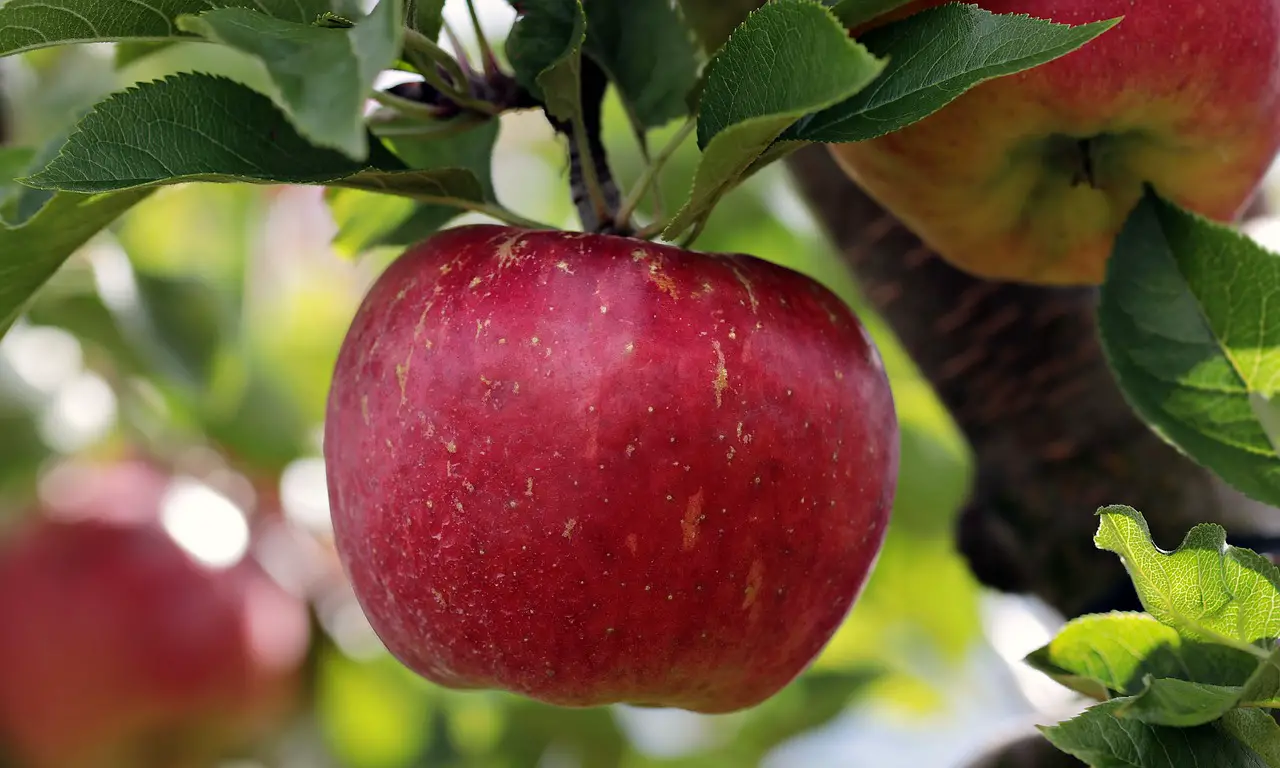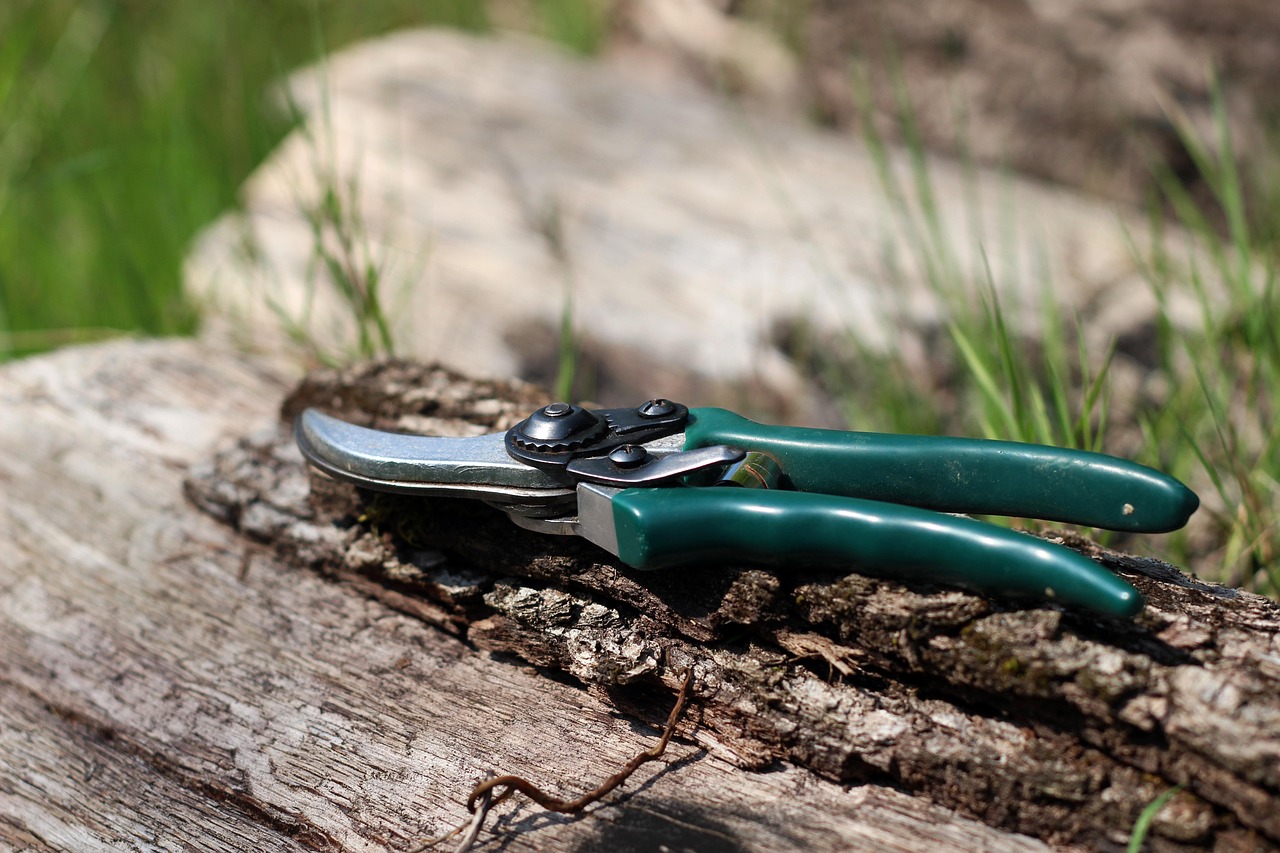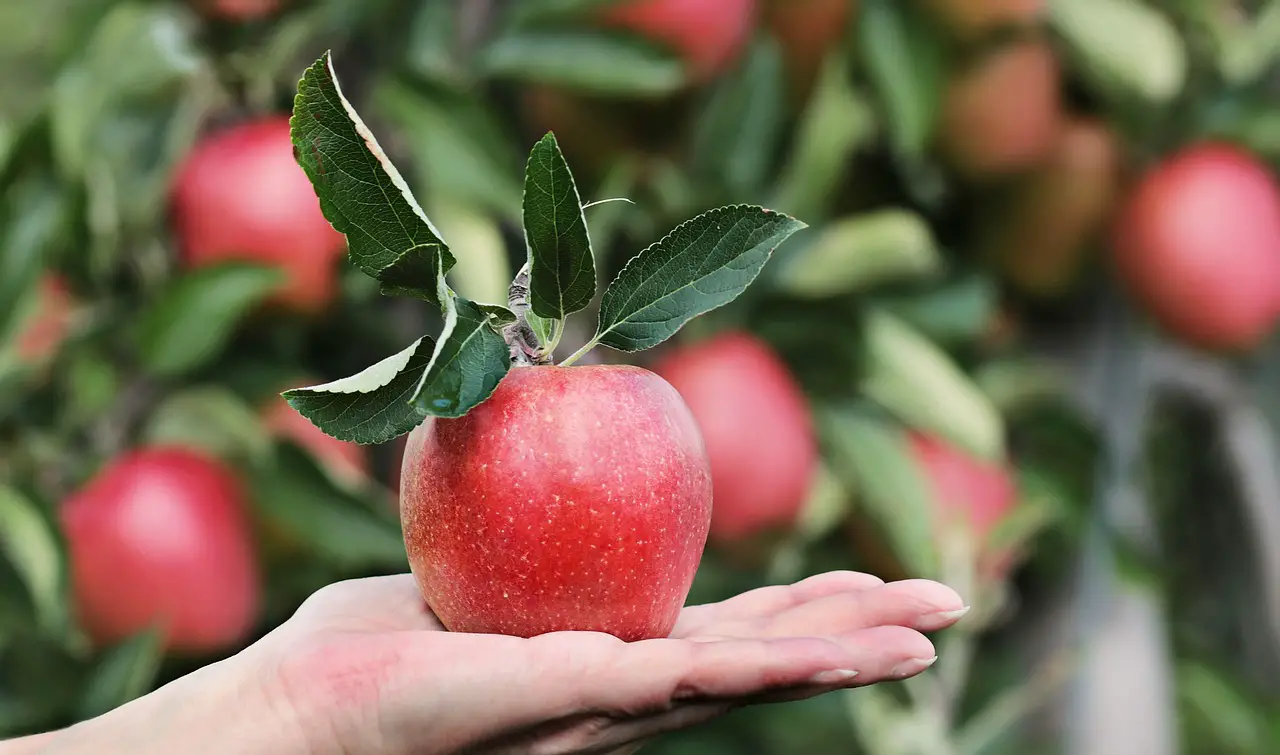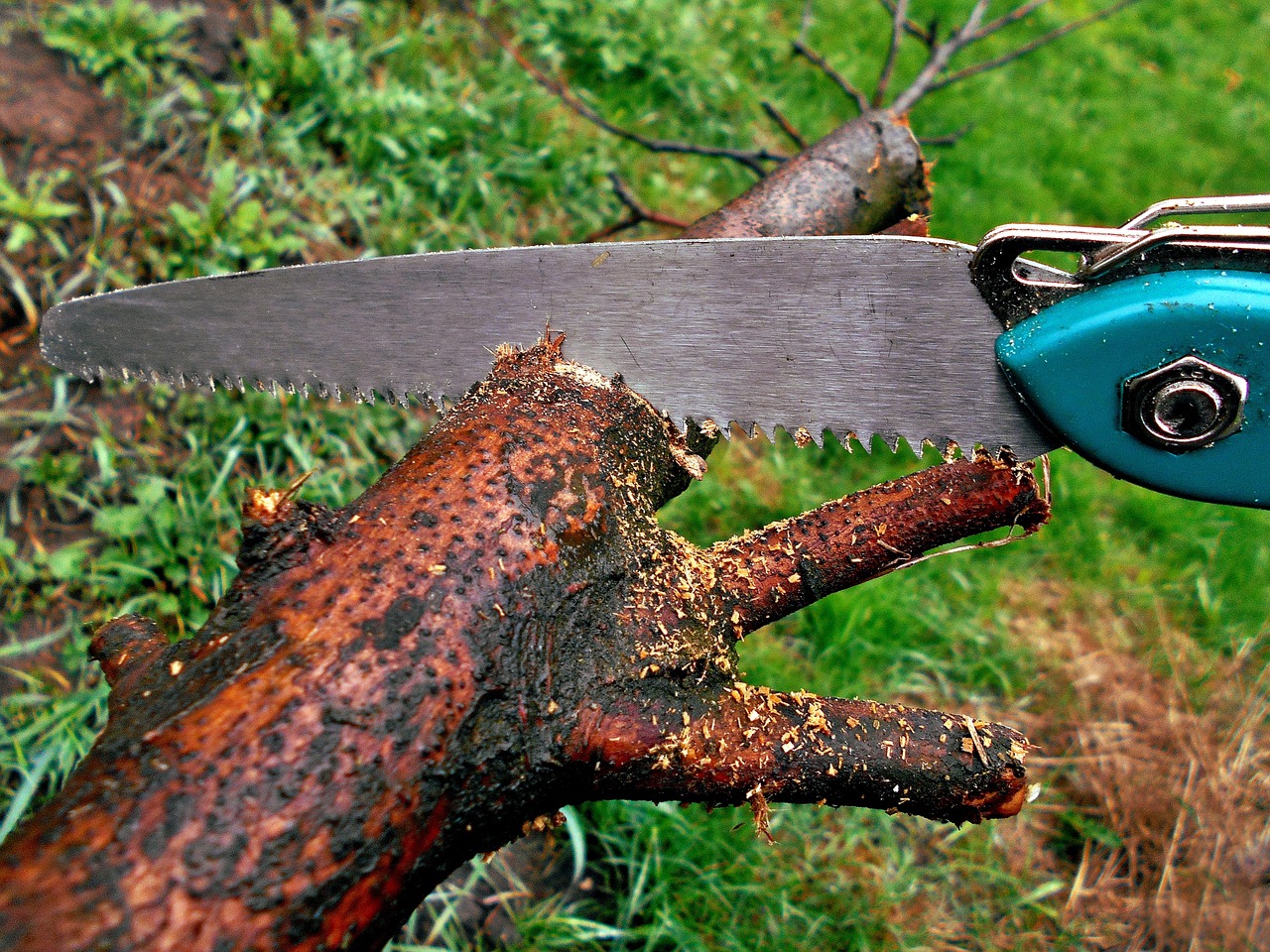Specialized pruning for hybrid and cross-bred fruit trees involves specific techniques that enhance growth, improve fruit quality, and maintain the tree’s structure. This process helps to maximize the unique traits of hybrid varieties, ensuring successful fruit production.
Hybrid and cross-bred fruit trees are the result of careful breeding practices aimed at combining desirable traits from different species or varieties. These trees often exhibit improved resistance to pests and diseases, enhanced flavor, and better adaptability to various climates. However, these advantages come with unique challenges, particularly when it comes to pruning.

Pruning is essential for maintaining the health and productivity of any fruit tree. For hybrid and cross-bred varieties, specialized pruning techniques can help manage their growth patterns and fruiting habits effectively. Understanding the specific needs of these trees is critical for successful cultivation.
Understanding Hybrid and Cross-Bred Fruit Trees
Hybrid and cross-bred fruit trees are created through controlled pollination. This process merges the genetic material of two parent plants, resulting in offspring that possess traits from both. The goal is to produce trees that yield fruit with enhanced characteristics.
Some common benefits of hybrid and cross-bred fruit trees include:

- Improved disease resistance
- Higher yields
- Better flavor profiles
- Increased hardiness in various climates
Despite these benefits, these trees can also have specific growth habits that differ from their parent species. Therefore, specialized pruning methods are necessary to ensure optimal development.
The Importance of Pruning
Pruning serves multiple purposes in the cultivation of hybrid and cross-bred fruit trees:
- Encourages healthy growth by removing dead or diseased branches.
- Improves air circulation within the canopy, reducing the risk of fungal diseases.
- Enhances sunlight penetration, which is essential for fruit ripening.
- Shapes the tree for easier harvesting and maintenance.
Each of these functions plays a crucial role in ensuring that the tree remains healthy and productive throughout its life span. Specialized pruning techniques can help achieve these goals more effectively than traditional methods.

Specialized Pruning Techniques for Hybrid Trees
When it comes to pruning hybrid fruit trees, several techniques can be employed to address their unique characteristics:
1. Thinning Cuts
This technique involves removing entire branches or stems. Thinning cuts help open up the canopy, allowing light to reach inner branches. This approach is particularly beneficial for hybrid varieties that tend to produce dense foliage.
2. Heading Cuts
Heading cuts involve shortening branches by cutting them back to a bud or lateral branch. This technique is useful for controlling height and encouraging branching, which can lead to more fruit production in hybrid trees.

3. Renewal Pruning
This method focuses on removing older branches to promote new growth. For hybrid trees that may have a limited lifespan, renewal pruning helps rejuvenate the tree and maintain its productivity over time.
4. Summer Pruning
While most pruning occurs in late winter or early spring, summer pruning can also be beneficial. It allows growers to shape the tree while it is actively growing. This technique can help manage the size and shape of hybrid trees effectively.
When to Prune Hybrid and Cross-Bred Fruit Trees
The timing of pruning is critical for achieving the best results. Generally, hybrid and cross-bred fruit trees should be pruned in late winter or early spring before new growth begins. This timing allows the tree to heal quickly and encourages vigorous growth during the growing season.
However, specific varieties may have different needs. Some hybrid trees may benefit from a light summer pruning to control growth or remove any unwanted shoots. It is essential to understand the specific requirements of each variety to optimize their potential.
Factors Influencing Pruning Techniques
Several factors can influence how pruning should be approached for hybrid and cross-bred fruit trees:
| Factor | Description |
|---|---|
| Tree Age | Younger trees may require different techniques compared to mature trees. |
| Growth Habit | Understanding whether the tree grows upright or spreads out affects how it should be pruned. |
| Fruit Type | Differing fruit types may require unique approaches to maximize production. |
| Pest Resistance | Trees with varying levels of disease resistance may need more frequent or specific pruning interventions. |
By considering these factors, growers can tailor their pruning strategies to meet the specific needs of their hybrid and cross-bred fruit trees effectively.
Common Hybrid and Cross-Bred Fruit Trees
Understanding the specific hybrid and cross-bred fruit trees is essential for effective pruning. Each type may have unique characteristics and growth patterns. Here are some popular hybrid and cross-bred fruit trees:
- Honeycrisp Apple: A cross between the Keepsake and an unknown variety, known for its crisp texture and balanced sweetness.
- Pluot: A hybrid of plum and apricot, offering a sweet flavor with a smooth texture.
- Aprium: A mix of apricot and plum, this fruit has a soft skin with a sweet taste.
- Bing Cherry: A hybrid cherry known for its large size and sweet flavor, ideal for fresh eating.
Each of these varieties has specific pruning needs that align with their growth habits and fruiting patterns. Understanding these requirements can help maximize yield and improve overall tree health.
The Role of Climate in Pruning Practices
The climate in which hybrid and cross-bred fruit trees are grown plays a significant role in determining pruning strategies. Each tree type has varying tolerances to temperature, humidity, and rainfall. Here are some ways climate impacts pruning practices:
- Frost Dates: Knowing the local frost dates is crucial. Pruning too early can expose new growth to frost damage.
- Humidity Levels: High humidity can promote fungal diseases. Increased air circulation through strategic pruning helps mitigate this risk.
- Temperature Variations: Warmer climates may encourage faster growth, necessitating more frequent pruning to maintain tree shape and health.
- Sunlight Exposure: Trees in shaded areas require different pruning techniques to ensure they receive adequate light for fruit production.
Understanding these climate factors will help growers choose the best times and methods for pruning their hybrid trees effectively.
Pruning Tools and Techniques
Using the right tools is essential for effective pruning of hybrid and cross-bred fruit trees. Proper tools not only make the process easier but also minimize damage to the tree. Here are some essential tools for pruning:
| Tool | Description |
|---|---|
| Pruning Shears | Ideal for cutting small branches and stems, providing clean cuts that promote healing. |
| Loppers | Used for thicker branches, allowing for two-handed leverage to make larger cuts. |
| Saws | A pruning saw helps tackle larger branches that cannot be cut with shears or loppers. |
| Hand Saw | A smaller saw useful for precise cuts in tight spaces. |
| Gloves | Protect hands from thorns and sharp branches during the pruning process. |
When using these tools, it is important to ensure they are clean and sharp. This practice helps prevent the spread of diseases and promotes smoother cuts that heal faster.
Best Practices for Pruning Hybrid Trees
To achieve the best results when pruning hybrid and cross-bred fruit trees, consider the following best practices:
- Assess the Tree: Before starting, evaluate the tree’s overall health, growth pattern, and any signs of disease or damage.
- Plan Cuts: Identify which branches need to be removed or shortened. Focus on those that are dead, crossing, or congested.
- Aim for Open Canopy: Create a balanced shape that allows light penetration while maintaining structural integrity.
- Avoid Over-Pruning: Remove no more than 20-30% of the tree’s canopy in one season to prevent stress.
- Make Clean Cuts: Use appropriate tools to ensure cuts are clean, minimizing damage to the tree’s bark.
By following these best practices, growers can ensure that their hybrid trees remain healthy and productive throughout their lifespan.
Monitoring Growth After Pruning
After pruning hybrid and cross-bred fruit trees, ongoing monitoring is necessary to ensure successful recovery and growth. Here are some steps to take post-pruning:
- Observe New Growth: Keep an eye on new shoots developing after pruning. Healthy growth indicates that the tree is recovering well.
- Check for Pests: Monitor for any signs of pests or diseases that may exploit the tree’s vulnerability after pruning.
- Watering Needs: Ensure that the tree receives adequate water, especially during dry spells, to support new growth.
- Nutrient Management: Consider applying fertilizer if necessary, but avoid over-fertilization which can stress the tree further.
This careful monitoring will help ensure that hybrid and cross-bred fruit trees thrive after pruning, promoting strong growth and abundant fruit production in the future.
Advanced Pruning Techniques
For experienced growers, advanced pruning techniques can greatly enhance the growth and fruit production of hybrid and cross-bred fruit trees. These methods may require more skill and knowledge but can yield significant benefits. Below are some advanced techniques that can be applied:
1. Espalier Pruning
Espalier pruning is a technique where trees are trained to grow flat against a structure, such as a wall or trellis. This method maximizes space and sunlight exposure while creating an attractive display. To implement espalier pruning effectively:
- Select the Right Variety: Choose varieties that are conducive to this method, such as apples or pears.
- Establish a Framework: Use wires or supports to guide the branches into the desired shape.
- Regular Maintenance: Frequent pruning is necessary to maintain shape and promote new growth.
2. Cordon Training
Cordon training involves training the tree’s branches along a wire or post, creating a linear structure. This technique is particularly useful for maximizing fruit production in limited spaces. Steps to follow include:
- Choose a Strong Leader: Select a strong central stem and attach it to a support.
- Limit Lateral Growth: Regularly prune lateral branches to encourage vertical growth.
- Maintain Balance: Ensure even distribution of branches along the support for balanced growth.
3. Topiary Techniques
Topiary involves shaping trees into ornamental forms. While it is often associated with decorative gardening, it can also be applied to fruit trees for aesthetic purposes. To create topiary shapes:
- Select a Suitable Variety: Choose varieties that respond well to shaping.
- Initial Pruning: Begin by cutting back branches to establish the desired form.
- Regular Shaping: Maintain the shape through regular pruning, ensuring that fruit production is not hindered.
Avoiding Common Pruning Mistakes
Even experienced growers can make mistakes when pruning hybrid and cross-bred fruit trees. Being aware of common pitfalls can help ensure successful outcomes:
| Mistake | Description |
|---|---|
| Pruning at the Wrong Time | Timing is crucial; pruning too late in the season can remove blossoms and reduce fruit yield. |
| Over-Pruning | Removing too much foliage can stress the tree, leading to poor growth and reduced fruit production. |
| Poor Cutting Technique | Making jagged cuts can damage the tree and invite diseases. |
| Ignoring Tree Health | Failing to assess the overall health of the tree before pruning can lead to unintended consequences. |
Avoiding these mistakes will improve the health and productivity of hybrid fruit trees, allowing them to thrive in various conditions.
Seasonal Considerations for Pruning
The changing seasons can significantly influence pruning practices. Understanding how each season affects hybrid and cross-bred fruit trees is essential for effective management. Here’s how to approach pruning throughout the year:
Spring Pruning
Spring is an ideal time for initial pruning as trees begin to bud. During this time, focus on:
- Removing Dead or Damaged Wood: Clear away any dead branches to promote healthy growth.
- Shaping Canopy: Begin shaping the tree’s canopy to allow light penetration for developing leaves and fruits.
Summer Pruning
Summer pruning allows for managing tree size and encouraging fruit development. This time is beneficial for:
- Culling Excess Growth: Remove excessive shoots that may compete for nutrients.
- Directing Energy: Focus the tree’s energy on producing quality fruit rather than excessive foliage.
Autumn Pruning
Autumn is a time when many growers prepare their trees for winter dormancy. Important tasks include:
- Cleansing the Tree: Remove fallen leaves and debris from around the base to prevent diseases.
- Light Pruning: Conduct light pruning to maintain shape without stressing the tree before winter.
Winter Pruning
Winter is often considered the best time for major pruning activities. This period allows for:
- Structural Pruning: Focus on establishing the framework of the tree while it is dormant.
- Disease Management: Inspect for disease symptoms and remove affected branches before new growth begins.
By adapting pruning techniques to seasonal changes, growers can enhance the overall health and productivity of their hybrid and cross-bred fruit trees.
The Impact of Soil Health on Pruning Effectiveness
The health of the soil is a critical factor that influences the success of hybrid and cross-bred fruit trees. Healthy soil promotes strong root systems and provides essential nutrients, which in turn supports the tree’s ability to withstand stress from pruning. Here are some important aspects to consider regarding soil health:
Nutrient Composition
Soil should be rich in organic matter and balanced in essential nutrients such as nitrogen, phosphorus, and potassium. These nutrients play a vital role in overall tree health:
- Nitrogen: Supports leafy growth and overall vitality.
- Phosphorus: Encourages root development and flowering.
- Potassium: Enhances fruit quality and disease resistance.
Soil pH Levels
The pH of the soil affects nutrient availability. Most fruit trees thrive in slightly acidic to neutral pH levels (around 6.0 to 7.0). Regular soil testing can help determine the pH level and guide amendments as needed.
Improving Soil Health
To improve soil health, consider implementing practices such as:
- Composting: Adding organic compost can enhance nutrient levels and improve soil structure.
- Cover Cropping: Planting cover crops during the off-season helps prevent erosion and adds organic matter.
- Mulching: Applying mulch around the base of trees conserves moisture and suppresses weeds while slowly enriching the soil as it decomposes.
Integrating Pruning with Integrated Pest Management (IPM)
Pruning not only shapes the tree but also plays a significant role in pest management. Integrating pruning practices with an Integrated Pest Management (IPM) approach can result in healthier trees and higher yields:
Reduce Pest Habitat
Regular pruning removes dense foliage that can harbor pests and diseases. By maintaining an open canopy, you can reduce potential habitats for unwanted insects.
Encourage Beneficial Insects
A well-pruned tree can attract beneficial insects that help control pest populations. For example, ladybugs and lacewings prey on aphids and other harmful insects. By maintaining a healthy ecosystem around your trees, you can enhance natural pest control.
Monitoring for Pests After Pruning
After pruning, closely monitor trees for any signs of pest activity. Quick identification allows for timely intervention before infestations escalate.
Final Thoughts
Specialized pruning for hybrid and cross-bred fruit trees is a multifaceted practice that significantly impacts their growth, health, and productivity. Understanding the unique characteristics of these trees, along with the principles of effective pruning, is crucial for achieving optimal results. Factors such as seasonal changes, soil health, and pest management should be integrated into a comprehensive approach to tree care.
By employing advanced techniques and maintaining awareness of common mistakes, growers can maximize the potential of their hybrid trees. Regular monitoring after pruning ensures that trees recover well, while seasonal considerations help tailor strategies for each stage of growth. Ultimately, a combination of knowledge, skill, and attentive care will lead to robust trees that produce high-quality fruit year after year.
Incorporating these practices into your routine will not only benefit your hybrid and cross-bred fruit trees but will also enhance your overall gardening experience. The joy of seeing healthy trees flourish under careful guidance is truly rewarding, making all the efforts worthwhile.
